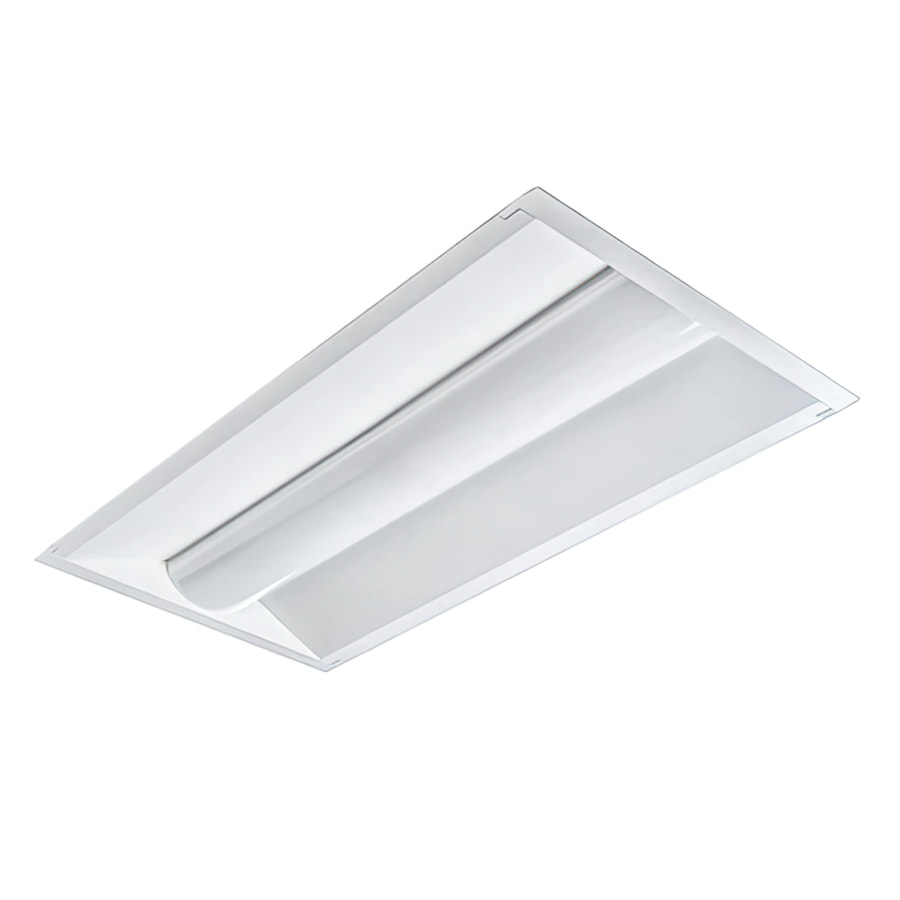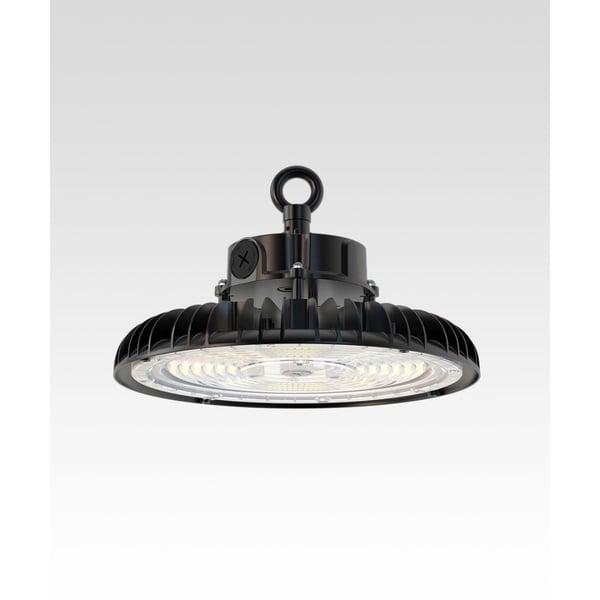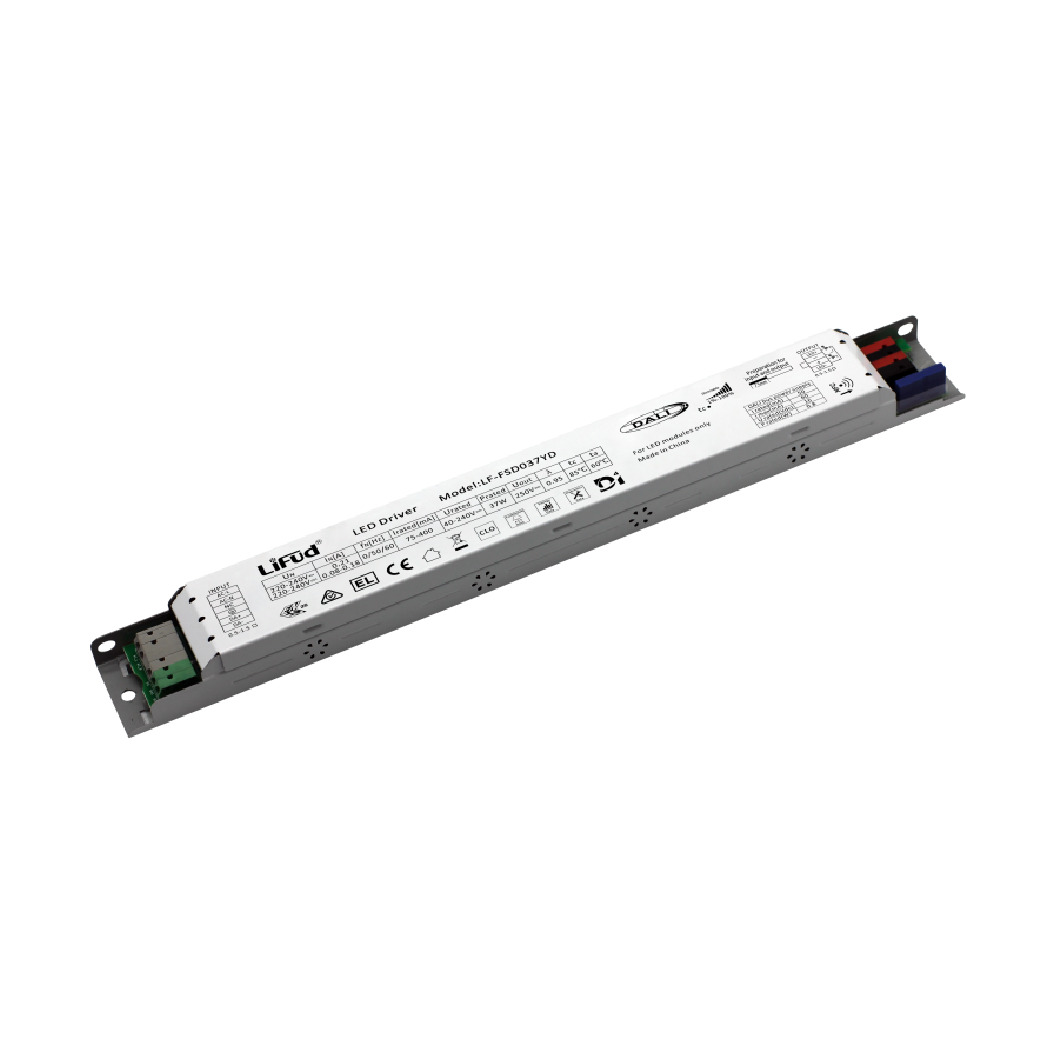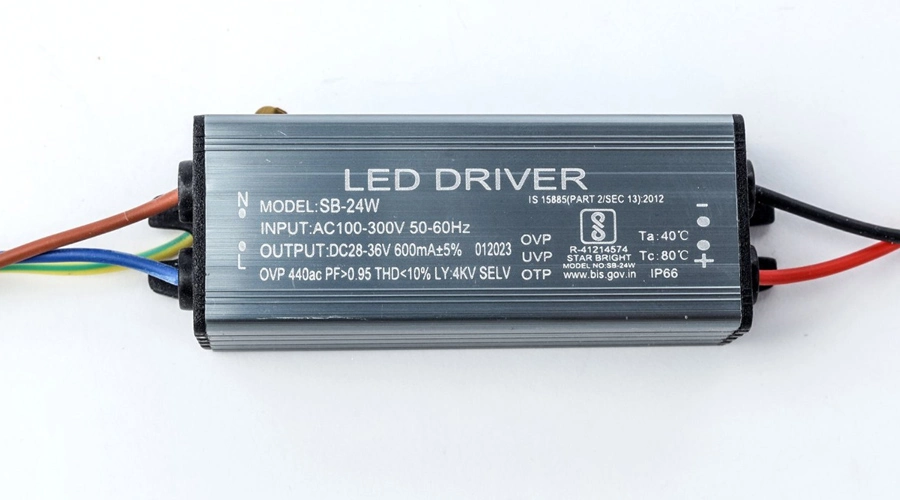Today there are more and more different kinds of LED lights and they all require drivers to make them work.




Drivers come in all shapes, sizes and kinds. Choosing the right type of driver ensures safe, efficient, and long-lasting LED lighting. Knowing some basics about drivers can help you buy the right kind with confidence.



What Do LED Drivers Do?
LED drivers convert incoming AC power into the precise DC voltage and current that LEDs require—making them essential to safe and bright lighting.
Why the Right Driver Matters?
There are 3 main types of drivers; Constant Current(CV), Constant Voltage(CV), or Constant Power(CP). Using the right driver affects performance, safety, energy use, and emergency readiness.
Constant Current Drivers
The large majority of LED fixtures and settings call for the use of Constant Current drivers because they deliver stable light output and better thermal control.
During startup, the driver raises voltage until current flows through the LEDs. It then maintains that current—which keeps brightness steady and avoids overheating. This is what that process looks like if seen on a an electrical line diagram:

In reality, behind the cover of many light fixtures, you will often find strips of LED lights:

Be sure to choose a driver whose max power output(often listed in watts(W)) matches your fixture’s needs and whose voltage range(e.g., “24-54VDC”) covers the total LED voltage of your light fixture(e.g., 48VDC).
Benefits of using a constant current driver include consistent brightness and prevention of thermal stress—both help maximize LED lifespan. Put simply, your LEDs will be less likely to overheat and burn out prematurely.
Constant Voltage Drivers
For flexible or cut-to-length lighting—like LED tape lighting or strip lighting—Constant Voltage drivers (12V or 24V) are the smart choice. How do they work?


Internal circuitry allows Voltage to remain steady(typically at 12V or 24V), and the LED tape itself manages the current via built-in resistors.


Always match the driver’s voltage output with the corresponding voltage tape (12V or 24V). Also confirm the total taped length does not exceed the max wattage rating of the driver.
Example: A 24V, 30W driver can power 10 ft of 3W/ft tape (3W × 10 ft = 30W) and must be paired with 24V tape only(it will burn up the LEDs or just not work with 12V tape).
Constant Power Drivers

Emergency lighting requires intelligent power management—Constant Power drivers ensure predictable light for the full 90-minute code-compliant runtime in the event of normal power loss. These drivers automatically adjust current so that power remains constant, no matter the fixture’s voltage.


Emergency mode is all about consistency—not maximum brightness. Constant Power drivers deliver predictable illumination, conserve battery, and protect LEDs from overdrive.
That is why constant power drivers are the industry standard in emergency lighting—and the technology we use at ExitLightCo for our emergency driver product line.
(Link here to blog post “How to Buy the Right Emergency Driver?”)
Final Thoughts
LED technology is everywhere today, and understanding the different types of drivers helps you select the right solution for your project.
- Constant Current = reliable performance for most fixed LED fixtures.
- Constant Voltage = flexibility for LED tape and custom-length lighting.
- Constant Power = essential for emergency backup lighting.
Need help choosing the right driver? Our team is here to help. Reach out to us at [email protected] and we’ll guide you to the best solution.
The Three Electrical Formulas Behind LED Drivers
At the heart of LED driver design are three simple electrical formulas:
- I=P÷V → I Current (amps) = Power (watts) ÷ Voltage (volts)
- V=P÷I → Voltage = Power ÷ I Current
- P=V×I → Power = Voltage × I Current
These three formulas explain how the three different driver types work:
- Constant Current (CC): The driver keeps I (Current) steady. Voltage adjusts automatically according to the LED load.
- Constant Voltage (CV): The driver keeps Voltage steady. Current depends on how many LEDs or strips are connected, and the LEDs/tape resistors regulate it.
- Constant Power (CP): The driver keeps P steady. It measures the voltage of the LED load, then adjusts current automatically so that total watts stay the same. (Original: They hold P steady and adjust I automatically depending on the fixture’s voltage.)
FAQ
Q: Do LED drivers go bad? How long do they last?
A: Yes, drivers can fail over time due to heat, power surges, or component wear. A quality LED driver typically lasts 30,000–50,000 hours, which often matches the expected life of the LEDs themselves.
Q: How do I know if my LED driver is bad?
A: Common signs include flickering, dimming, buzzing, or LEDs not turning on at all. If the LEDs are intact but the light won’t power on, the driver is often the culprit.
Q: Can I use any LED driver with any LED fixture?
A: No. The driver type (CC, CV, or CP), voltage range, and current rating must match the fixture’s requirements. Using the wrong driver may cause the LEDs to fail prematurely or not work at all.
Q: What is the difference between an LED driver and a power supply?
A: All LED drivers are power supplies, but not all power supplies are LED drivers. LED drivers are designed to regulate current/voltage precisely, whereas a general DC power supply may not provide the protection LEDs need.
Q: What is a constant power LED emergency driver?
A: It’s a driver designed to supply a fixed wattage to a fixture during a power outage. This ensures predictable brightness and meets 90-minute emergency lighting code requirements.
Q: Can I power both 12V and 24V tape from the same driver?
A: No—use a driver that matches your tape’s voltage exactly to avoid damage or failure.
Q: Why are emergency drivers more expensive?
A: They include Constant Power control, battery backup, and safety features to ensure lighting stays functional during power loss.
Q: Do I need a constant current or constant voltage driver?
- Use constant current for most fixtures with a fixed LED array (downlights, panels, high bays).
- Use constant voltage for flexible applications like LED tape or modular strips.
Q: Can multiple LED fixtures share one driver?
A: Yes, but only if the driver’s voltage, current, and wattage ratings support the total load of all fixtures. This is common in tape lighting, but less common for independent fixtures.
Q: Why do some LED drivers have dimming wires?A: Dimming drivers let you control light output via 0–10V dimming, TRIAC, or DALI protocols. In emergency drivers, dimming wires are sometimes used to safely regulate current when switching to backup power.


























